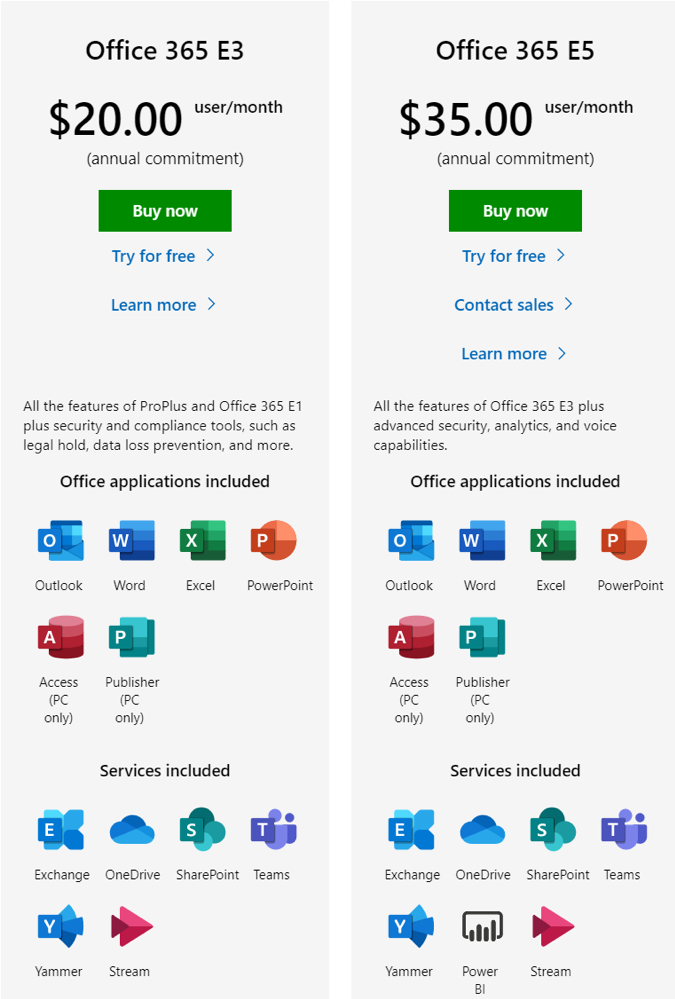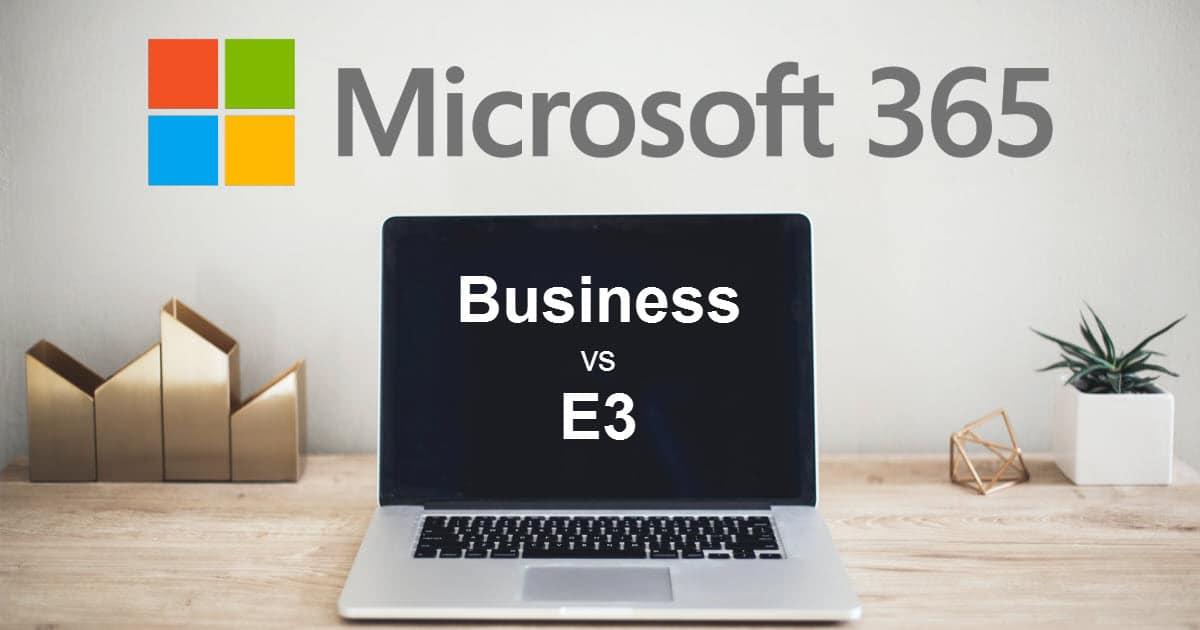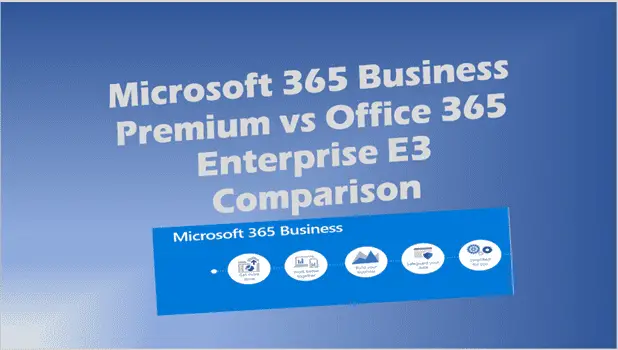
The most common in the enterprise segment constitute of: Within a license suite, there is also a level, that results in advanced features, but also in a higher price. Windows Enterprise includes enterprise features for the Windows OS and Defender security.Enterprise Mobility + Security hosts several endpoint management, diverse security and information protection topics.Office 365 includes all productivity and collaboration products for the Web (SaaS) and app installations, Office security, plus compliance subjects.The Microsoft 365 license suite is bundled into the following components: Often, we also differentiate between Security related license plans and Compliance related licenses. Licenses are formed by the license suite and the license level. Home (personal and family) - consumer use, non commercial.Education (A) - educational institues, often profit of special discounts.Business - small to medium sized organizations, usually ~5 to 250 seats.Enterprise (E) - large customers, ~500+ seats.

Microsoft 365 delivers services for everyone:

You can find your tenant license level in Azure AD>Overview. But be careful, this does not mean, that you are also always allowed to legitly use some features. Based from that license, many features will be available, or configurable. Tenant-level license complianceįirst up Tenant-level compliance defines the "highest" (according to feature set) license, that is available in your tenant. This post is intended to break the complexity down to some basics, explain the license suites easily and highlight Enterprise Mobility + Security license plans.

Often these topics are misunderstood or inadequatly applied. This is an updated post that provides you with an overview to align Microsoft Cloud products/features with licenses (suites).


 0 kommentar(er)
0 kommentar(er)
